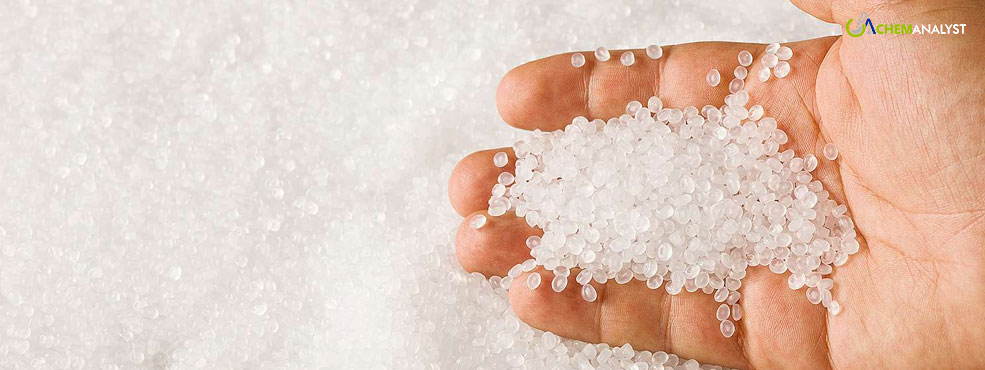Welcome To ChemAnalyst

Texas (USA): In the USA, Polypropylene (PP) prices exhibited a significant decline during the week ending on March 1, reflecting a bearish and moderate market situation primarily attributed to supply-related factors. The key driver behind this downward trend was the substantial decrease in the value of feedstock Propylene, experiencing a 4% decline throughout the week. This reduction in feedstock costs contributed to a subsequent decrease in the production cost of PP. Additionally, the upstream Crude Oil prices displayed a similar downward trajectory during this period, further contributing to the overall bearish trend in the country's PP market.
The fall in oil prices, with a nearly 1% decrease in the preceding session, was influenced by indications from a US central bank policymaker suggesting potential delays in interest rate cuts for at least two more months. Fed Governor Christopher Waller's cautious approach to interest rate adjustments was highlighted, signalling a potential slowdown in economic growth that could impact oil demand.
Simultaneously, in Mexico, PP prices experienced a noteworthy decline during the same week. This decline was influenced by distinct factors impacting different sectors within the Mexican market. A key driver was the influx of cheaper imports following a 4% reduction in product prices in the US market, which consequently influenced the pricing dynamics in the Mexican PP market. Additionally, a significant development in the automotive sector contributed to market dynamics, with the Chinese automaker BYD confirming its intentions to manufacture electric vehicles in Mexico. This move is expected to boost the demand for PP, a vital component in vehicle manufacturing.
Contrary to the bearish market conditions in North America, PP prices in Brazil experienced an unexpected upward trajectory during the same week. This surge can be attributed to various factors affecting different sectors within the country. Brazil heavily relies on imports for its PP needs, and the Middle East, facing a sharp rise in PP prices due to high global petrochemical demand driven by seasonal factors, played a significant role in influencing the pricing dynamics in Brazil. Additionally, recent developments, including automakers questioning the feasibility of California's 2035 EV sales mandate plan, have resulted in an increased demand for vehicles in Brazil and other regions without similar mandates. This surge in demand has subsequently heightened the requirement for PP in the automotive sector, contributing to the overall upward trend in prices.
In the European market, PP prices witnessed an increase despite the declining trend of feedstock Propylene and upstream Crude Oil prices. This unexpected shift in pricing dynamics can be attributed to the lingering impact of the Red Sea crises, which led to material shortages over the past two months, creating supply constraints in the market. However, with the situation in the Red Sea normalizing and freight conditions showing signs of easing, traders are now actively accumulating or building PP inventories in anticipation of heightened demand, particularly with the upcoming summer season. This strategic move aligns with the anticipation of a surge in demand, and the positive development of decreasing freight rates across the European region further supports this optimistic outlook for PP. It is important to note, however, that while freight rates are decreasing, they still remain above the threshold limit.
We use cookies to deliver the best possible experience on our website. To learn more, visit our Privacy Policy. By continuing to use this site or by closing this box, you consent to our use of cookies. More info.
